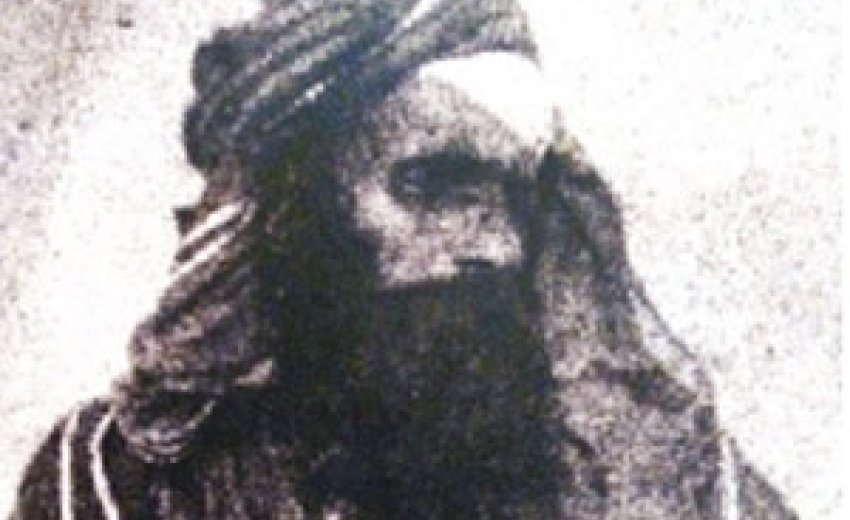|
September 3, 2012 : The etymology of the word 'portrait' refers to the 16th century French word meaning 'to portray, to depict in a work of art.' The Oxford English Dictionary gives the meaning as: an artistic representation of a person depicting only the face or head and shoulders. The first ever daguerreotype – photo – portrait of a Sikh or Punjabi was taken in Lahore in early 1848 by Dr John McCosh, a surgeon in the army of the British East India Company. The subject was Diwan Mool Raj, the Sikh Governor of Multan, taken captive and condemned to death by the British. He was the last flicker and certainly an unsung hero of the sovereign Sikh state of the Punjab. He, along with Bhai Maharaj Singh, had led the stiff resistance against the British army at the battle of Multan. Another historically significant portrait by McCosh was of Maharaja Duleep Singh, then aged ten. The definition of the word portrait as an artistic representation of a prisoner taken by an invading army cannot be strictly applied, especially to the one of Diwan Mool Raj. The McCosh collection in the National Army Museum in London, England, consists of 310 surviving photographs of British officers and their families. His portfolio also includes ten images of Punjabi subjects: apart from Duleep Singh, some Sikh Chieftains, granthis, and the samadhi (incorrectly listed as a tomb) of Maharaja Ranjit Singh. The Diwan portrait was first published in the Illustrated London News (1 September, 1849) with the following caption: Moolraj is seen here wearing a similar dress to that worn on the day of his surrender where he was gorgeously attired in silks and splendid arms; in figure he appeared not to exceed the middle height, and, though powerfully, was elegantly formed; his dark, keen and piercing eyes seemed to take in whatever was within their range with a rapid but comprehensive glance. The Diwan was perhaps the first Sikh or Punjabi to face the trunk-size camera and it took a while for those colonised to get accustomed to the three-legged and one-eyed monster coming all the way from vilãyat. Nevertheless the Diwan, in his defiant posture, shows dignity in defeat and a deep sense of disgust towards his captors. He was to die a year later at Buxar in August 1850 from an illness contracted as he was being transported to Benares. He was 37 then. |
  |
